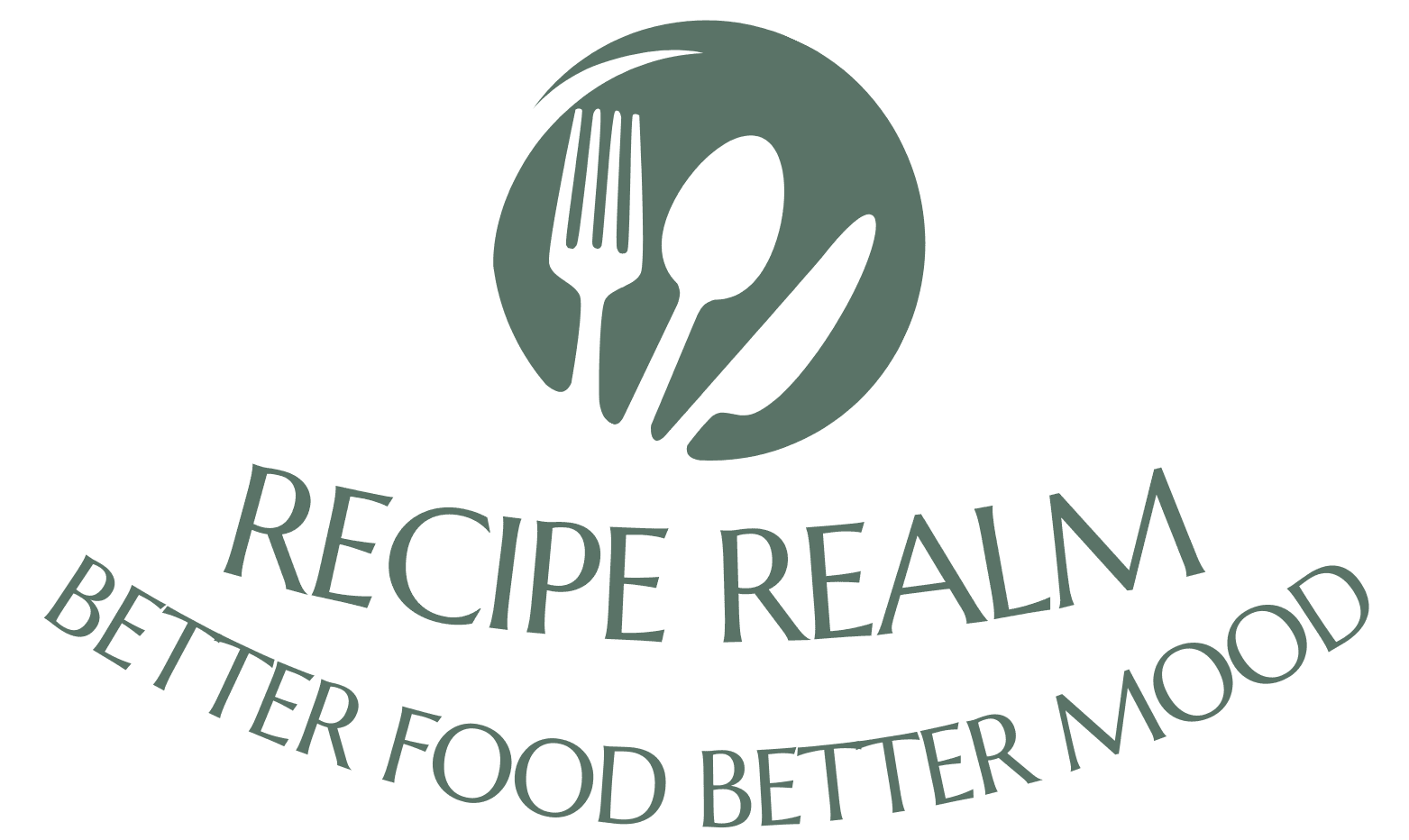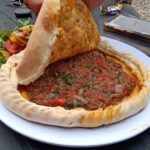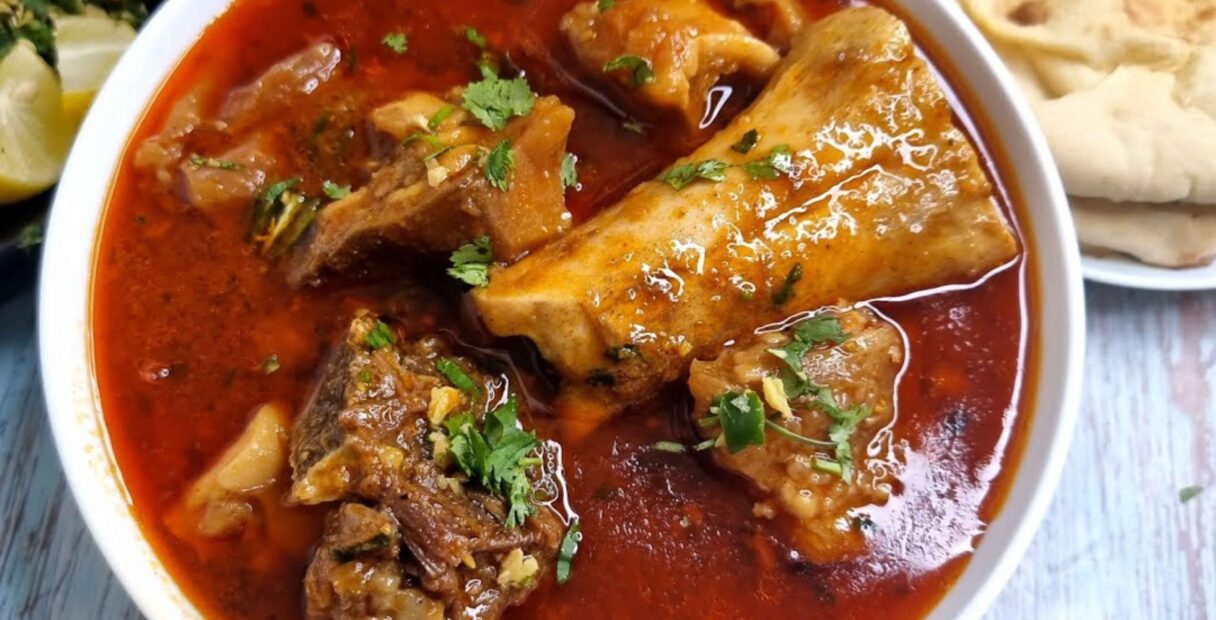
Paya (or Paaya)
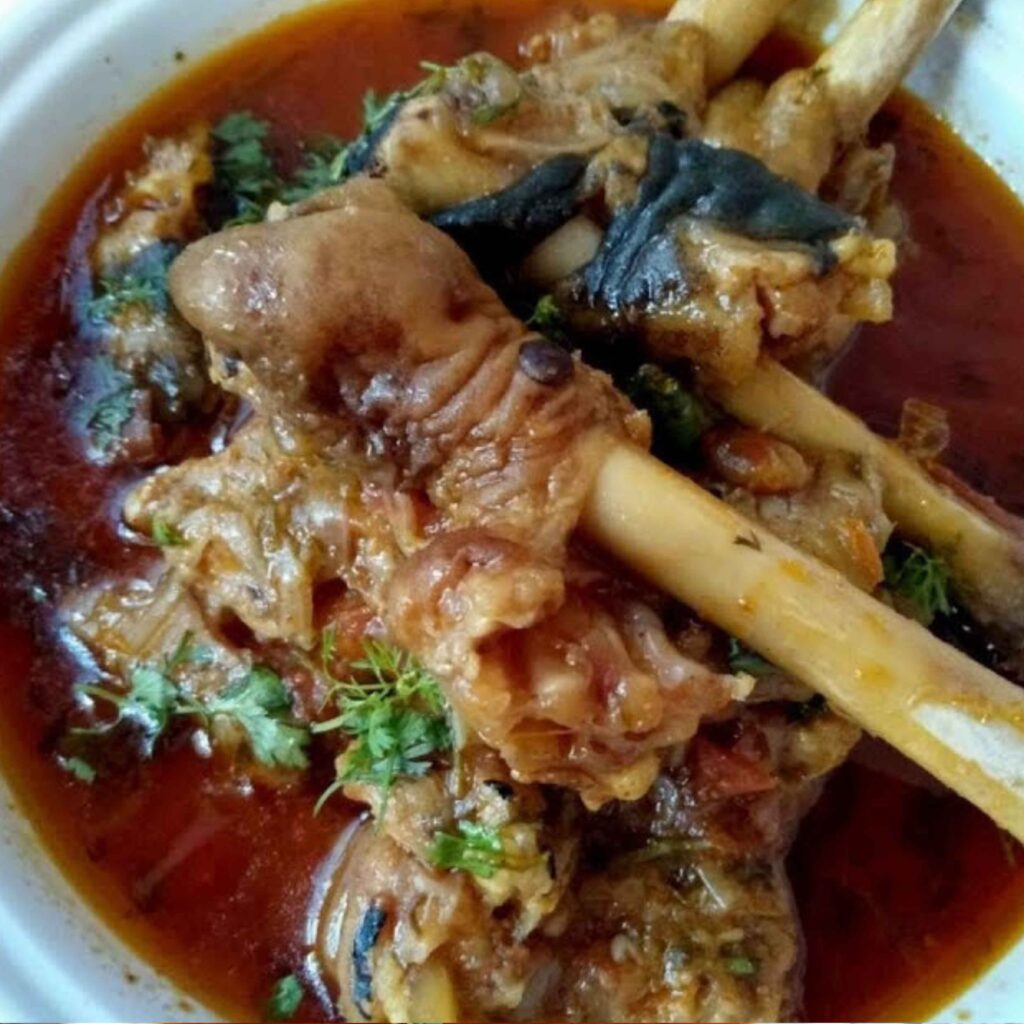
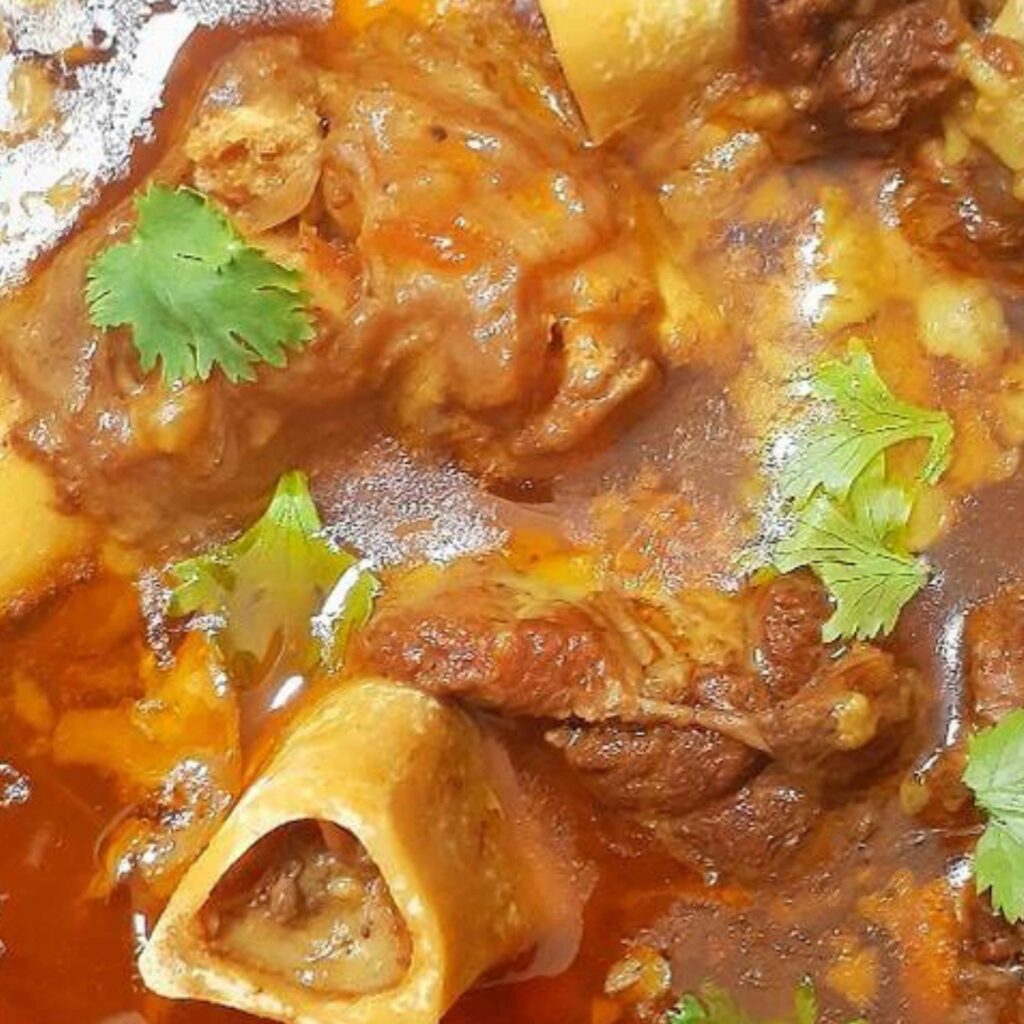
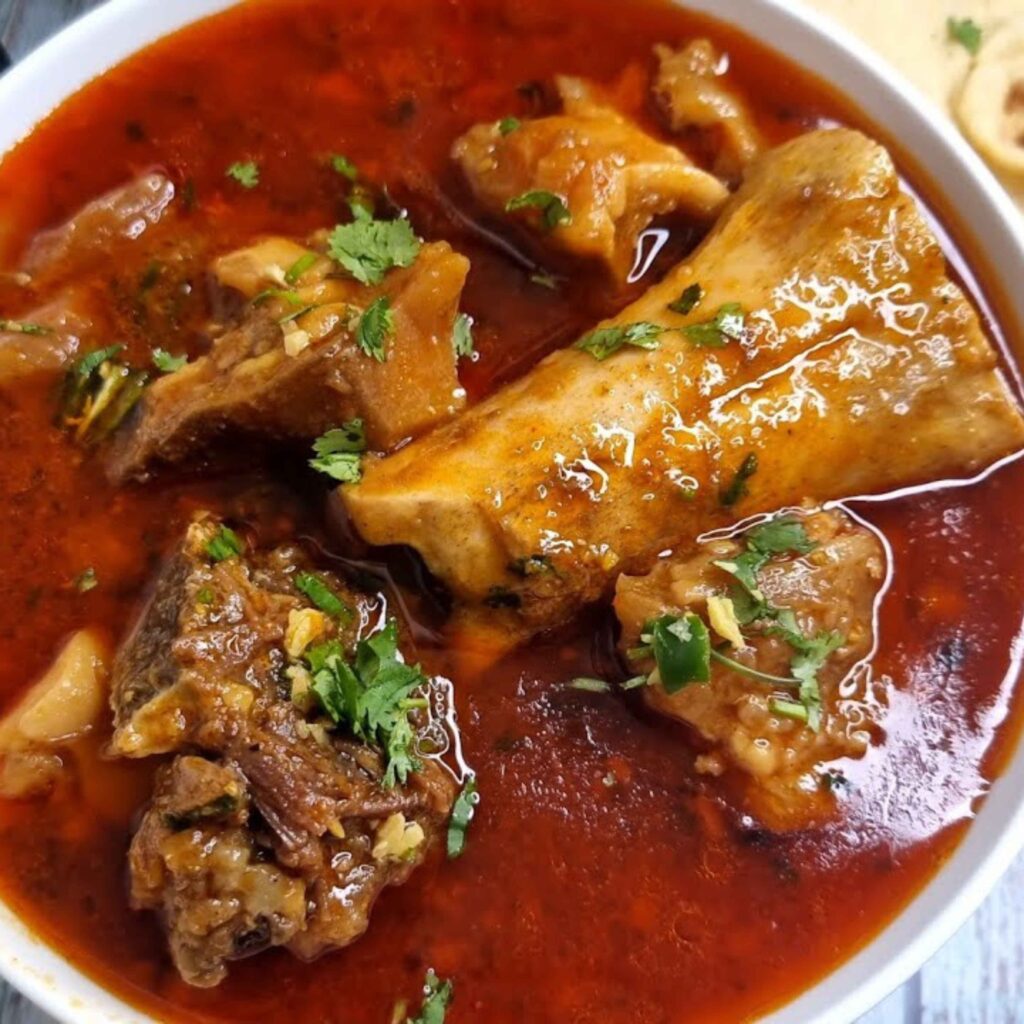
Introduction and History of Paya: A Hearty Tradition Rooted in Flavor
In the realm of soul-soothing dishes, Paya holds a special place as a hearty and aromatic delight. Originating from the vibrant kitchens of South Asia, Paya is a testament to the art of slow-cooking and the rich tapestry of cultural flavors that define the region.
Origins in Culinary Craftsmanship
The roots of Paya can be traced back to the kitchens of the Indian subcontinent, where it emerged as a nourishing dish steeped in tradition. The term “Paya” refers to the trotters or feet of animals, often lamb or goat, which form the core ingredient of this dish.
Slow-Cooking Magic
At the heart of Paya’s allure lies the method of preparation. The trotters are simmered over low heat for hours, allowing the gelatinous marrow and collagen-rich connective tissues to infuse the broth with a luxurious thickness and a depth of flavor that’s unmatched.
Aromatic Symphony
Paya’s signature taste is a symphony of spices and aromatics that come together to create a culinary masterpiece. An array of spices, herbs, and seasonings add layers of complexity to the dish, transforming simple ingredients into a rich and flavorful broth.
A Dish of Sustenance
Traditionally, Paya was a dish of sustenance, cherished for its ability to provide nourishment and warmth, particularly during the cold months. It was often enjoyed as a wholesome breakfast or a hearty evening meal that comforted both body and soul.
Cultural Significance
Beyond its culinary appeal, Paya carries cultural significance. It has been embraced across diverse communities and is often prepared on special occasions, festivals, and celebrations. The dish’s presence at communal gatherings reflects its role in bringing people together to share in the joys of food and fellowship.
Passed Down Through Generations
The history of Paya is a narrative of culinary craftsmanship and the passing down of family recipes. As the dish journeyed across generations, it adapted to regional tastes while retaining its essence as a dish that warms the heart and satiates the palate.
Conclusion
Paya isn’t just a meal; it’s a journey through time and taste, a testament to the culinary traditions that have shaped South Asia. With its roots in the slow-cooked comforts of tradition and its enduring presence at tables of togetherness, Paya embodies the essence of community and culture. As you savor the rich broth, tender trotters, and aromatic spices, you’re not just indulging in a dish; you’re experiencing the history, heritage, and flavors that have nourished generations and continue to inspire palates today.
- Serves: 4 People
- Prep Time: 20min
- Cooking: 4-5hr
- Difficulties: medium
Ingredients
For Cooking
- 2 sets of goat trotters (paya) cleaned and split
- 1large onion finely chopped
- 2tomatoes, diced
- 3 cloves of garlic minced
- 2inches ginger grated
- 2bay leaves
- 4-5 cloves
- 1 cinnamon stick
- 1 teaspoon turmeric powder
- 1 teaspoon red chili powder
- 1teaspoon coriander powder
- Salt, to taste
- Water, , as needed
- Fresh cilantro for garnish
- Lemon wedges for serving
For Dressing
Nutritional Information
-
Calories
350 -
Total Fat
15g -
Saturated Fat
5g -
Cholesterol
120mg -
Sodium
600mg -
Total Carbohydrates
10g -
Dietary Fiber
2g -
Sugars
4g -
Protein
40g
Procedure
- Conclusion: Paya, a beloved dish with a history steeped in tradition, offers a blend of robust flavors and tender meat that warms both body and soul. Whether you opt for the classic recipe or try a lamb variation, Paya is a culinary journey that celebrates the art of slow cooking and the joys of savoring hearty flavors. With its rich broth and succulent meat, Paya is a dish that’s sure to bring comfort to your table.
-
Mark As Complete
In a large pot, bring water to a boil and add the cleaned paya. Boil for 10 minutes, then drain and rinse under cold water. This helps remove impurities.
-
Mark As Complete
Heat oil in a separate pot and sauté chopped onions until golden brown.
-
Mark As Complete
Add minced garlic, grated ginger, and diced tomatoes. Cook until the tomatoes soften and the mixture forms a paste-like consistency.
-
Mark As Complete
Add the bay leaves, cloves, and cinnamon stick. Stir in the turmeric, red chili, and coriander powders.
-
Mark As Complete
Add the boiled paya to the pot and stir well to coat them with the spices.
-
Mark As Complete
Pour in enough water to cover the paya completely. Add salt to taste.
-
Mark As Complete
Cover the pot and let the paya simmer on low heat for 4-5 hours until the meat is tender and the broth is rich and flavorful.
-
Mark As Complete
Adjust seasoning as needed and remove the bay leaves, cloves, and cinnamon stick.
-
Mark As Complete
Serve the Paya hot, garnished with fresh cilantro and accompanied by lemon wedges.
Dawood Ali Mian
Chef Dawood brings a wealth of experience and a diverse culinary background to our kitchen. His culinary training spans the globe, from classic French techniques to contemporary fusion cuisine. Drawing inspiration from both traditional and modern culinary traditions, Chef Dawood’s creations are a harmonious blend of flavors and textures that tantalize the palate.
You also might like
No recipe were found.
